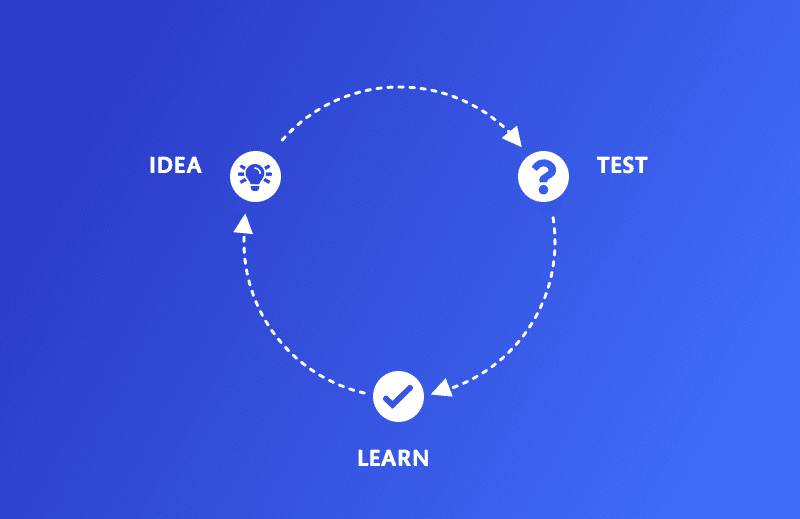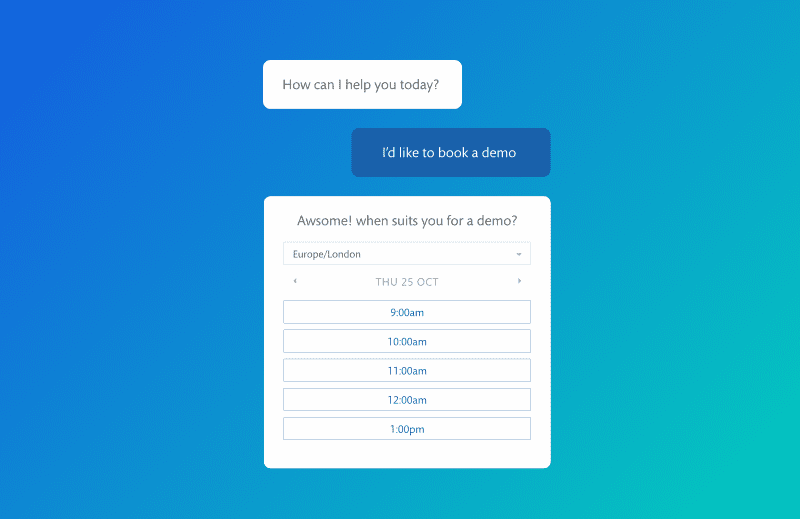If you’re just getting started with messaging, it can be hard to know whether you’re creating the right experience for your visitors. Or whether you’ll see the benefits you expect.
I find that it helps to embrace a mindset of experimentation and learning. The best way to improve results is to try new ideas, check the results and then change course based on what you’ve learned.

Think about messaging as another channel that you’re layering on top of your website. Like a digital assistant that doesn’t sleep 🤖
It’s easy to get excited, thinking about all of the opportunities to help customers this opens up.
Before you know it, implementing messaging has gotten mixed in with a bunch of other changes and improvements that will help visitors and increase conversion.
But because there’s more to do, it’s going to take longer to implement. You might have some colleagues you need to check things with. Or maybe some new content you want to write.
Days turn into weeks, and weeks turn into months.
Your enthusiasm to keep investing in improvements when things are unfinished naturally dissipates over time. Soon, this starts to feel like hard work.
Start by keeping the scope narrow
You don’t have to replace all your existing contact forms or redesign your website to get started.
I generally advise on keeping the scope narrow.
Instead, find just one meaningful improvement you can use to test and learn from.
For example: if your sales process involves setting up meetings, like a discovery call or a product demo, you can automate just that one step and see what happens.

Booking meetings while you sleep and serving customers out of hours
It’s a lot easier to adopt new technologies like messaging if you start with simple, well understood flows where there’s lots of scope to improve the experience.
Like helping people who’ve already decided to buy to get in touch and take the next step.
Then you can expand those flows, say to people who are still deciding what approach to take, make those journeys more engaging and find ways to engage people who otherwise wouldn’t convert.
The benefits of an iterative approach
What’s great about an iterative approach is that you can get feedback quickly.
If you consistently try one new idea to help your website visitors each week, you’ll make 50 steps forward over the course of the year.
And in each of those steps, you’ll have more information and a better understanding than the last one.
Not only will you learn about the impact each change has on engagement and conversion, but you’ll build a healthy routine to reduce friction for potential customers.
Share your thoughts or questions with us on Twitter at @usecontinually.

